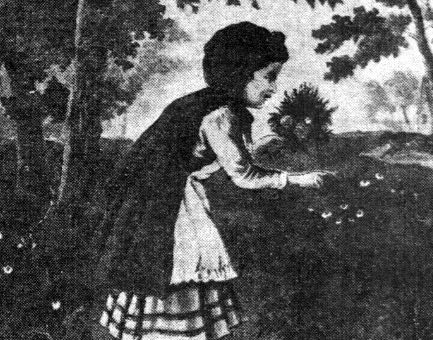
If you love fairy tales and The Mother Goose Rhymes, then you have probably heard of French author Charles Perrault, but what you probably didn’t know is that there is a monument to him in Paris.
The following article was originally published in 1909 and talks about the writer and his work.
A Monument to the Man Who Wrote the Mother Goose Stories
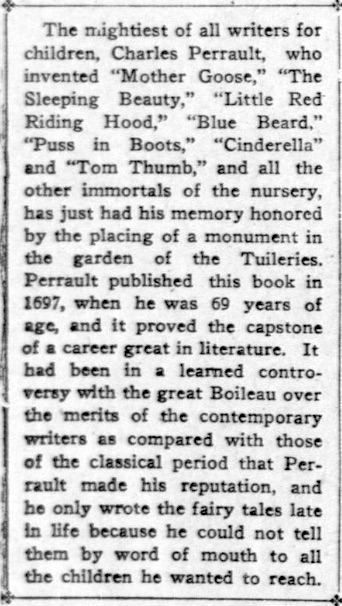
“The Father of Mother Goose” has just had a monument erected to him.
Nobody will deny that he deserves it for stories that have been the joy of children certainly entitle their creator to some meed of consideration from the world today.
It wasn’t an Englishman who invented these tales that are so dear to the world, not only of little ones, but of grownups as well.
A Frenchman, Charles Perrault, was the originator of the whole line of beautiful little nursery tales, and the monument in his honor in the garden of the Tuileries, which, identifies through its history with the deeds of the great men of France, never yet has been the site of a memorial more thoroughly deserved.
“Mother Goose!” What a train of memories it evokes.
The children of the whole world, more than two centuries of them, have listened at the knees of their mothers to revel spellbound in the experiences of the many characters that Perrault gave to juvenile fiction.
Who has not trembled at the terrific story of “Little Red Riding Hood” and her adventures with the hungry wolf that first ate up the other unfortunates, and had its designs on Little Red Riding Hood had she not by craft known how to foil the cruel monster?
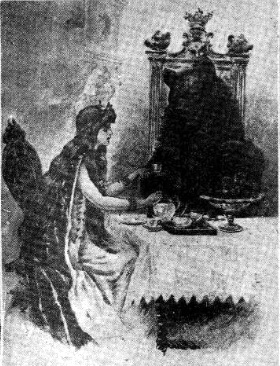
And the pretty story of “Sleeping Beauty,” how many little pillows has not this soothes, and how many thousands of parents have not been besought to tell its details to begging little ones?
The terrible “Blue Beard,” whose long marital experiences were one record of murdered wives till the brothers of one of them finally wrought the summary vengeance that the monster so richly merited; the beautiful story of “Cinderella,” with Prince Charming, and the tiny little slipper that no one could wear but the slighted little daughter of the family who was ever pushed aside to take care of her two older and selfish sisters, first came to the world through the pen of the gifted Perrault, and in the years that have elapsed it has been made the subject of paintings, of plays, of pantomimes, and of at least one grand opera.
Moreover, its details have been told again in a score of beautiful books, rich in the colored pictures that mean so much to the childish heart, and which are not without a certain amount of pleasure for even the grown up children.
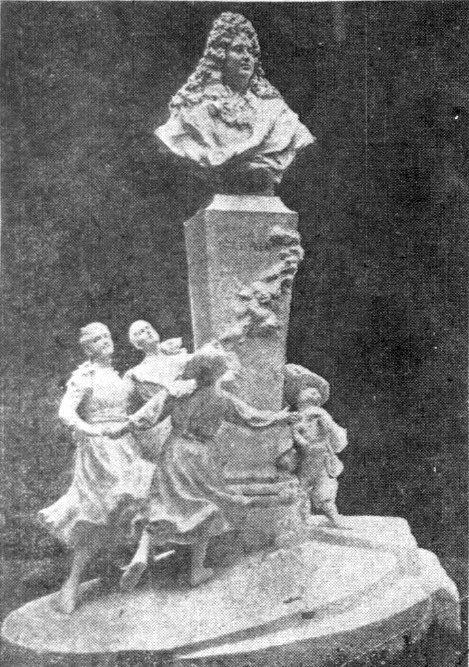
A monument for Perrault! Certainly he deserves it. If he had never done anything more than write “Tom Thumb” he would have earned his place in the Valhalla of the heroes of the childhood stage.
But Perrault did more than furnish to the mother of a score of nations those stories by which they should bring joy to the hearts of their children. These perhaps were his greatest works, though undoubtedly it would surprise him now if he could know that the world best esteemed him for what he wrote to delight the youngsters of the people of all countries.
For Perrault was more than a writer of juvenile fiction.
He was a proud student who did not fear to enter into a controversy with one of the most profound students of his day, the great Boileau.
Boileau was a believer in the classical. He took the position that none none of the contemporary writers of that period had a right to be classed with the masters of all time.
Perrault, who was intensely modern, took issue with Boileau, and the result was a controversy that was the delight of the nation.
France loves these warfares. It has followed them closely, and Perrault’s powerful denial of the position of Boileau and his appeal for the contemporary writers made a profound impression.
Perhaps the most notable thing he did in t he controversy was to write a poem, “The Century of Louis the Great.” In this he detailed the notable literary achievements of the men of the period and aroused France to the greatness of its men of letters.
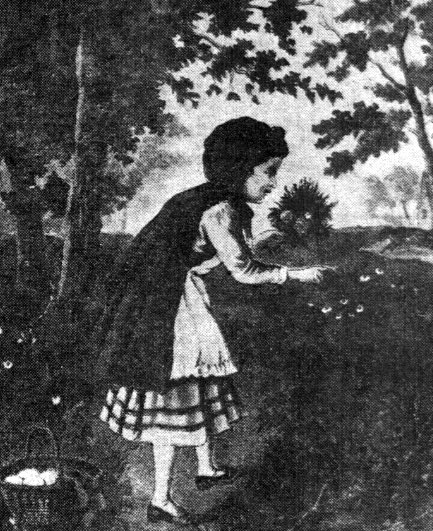
So deeply interested did Perrault become in the controversy that he proceeded to make a specialty of contemporary writers, and the result of his study was the production of his masterwork, “Illustrious Men of the Century of Louis XIV.”
This was a most prodigious work. It contained more than two hundred biographies of the foremost men of the time, and for much that is known today of these men of genius the world is indebted to the painstaking work of Perrault who searched out his facts with greatest attention to detail through the medium of a style that is beautiful in its clarity.
Perrault had advanced well in years before he began the writing of his famous “Contes Des Fees,” or “Tales of the Fairies.”
Born in 1628 in Paris, he was rich in honors and had passed his sixtieth year before he began thinking of putting into book form a series of stories that he had invented for the pleasure of children of whom he was very fond.
It is related of the inventor of all these classics in childhood tales that he would recite them by the hour to children who would listen, and had his great pleasure and reward in seeing their delight.
The fame of the tales went abroad. The foremost families of the brilliant court of that day vied with each other in getting Perrault to tell his tales to their children or even to the grownups at the salons of the period.
But Perrault was 69 years old before the world got his book.
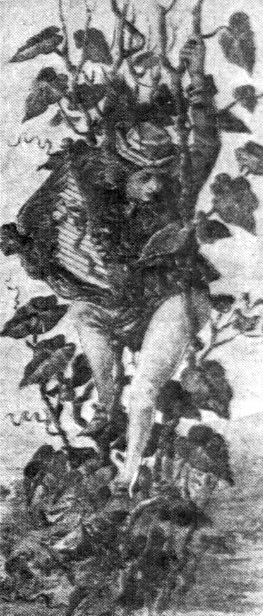
It became at once the literary sensation of the day, and those who had admired the writer in the more profound productions of his art were dumbfounded at the lightness and the juvenility, so to speak, of these products of his closing years. Into books and plays they were instantly rushed, and Perrault, in the sunset of his life, found himself worshipped as he had never been before.
He lived for six year to revel in the fame gained him by the fairy stories, and even in that day, before the methods of printing now in force had been invented, he lived to see his stories cross the channel and to go to England and make their way in Germany.
Many of the stories were not original with Perrault. He was a close student of the legends and he picked his tales in all countries. Many of them are German in origin.
Some of them, forbidding as they are, were more so in the original, but he altered them in order to impart the happy finale, without which he contended that no tale ought to be told to children.
A little pathos or even a little horror was all right at the beginning, or even in the middle of the story, in order to chain their close attention, but it was his dictum that when the time for the ending came happiness ought to reign supreme, and the couple married, at last after all their tribulations, should “live happily ever afterward.”
Perrault has long been the cult of a school in Paris that has kept alive his memory. He is much better known to his native country than outside of it and the monument placed in the Tuileries is intended to have the dual purpose of showing the gratitude of France to the great writer, and also of testifying to the rest of the world the affection it owes to the inventor of the immortals of the nursery.
Source: The San Francisco call. (San Francisco [Calif.]), 24 Jan. 1909.

